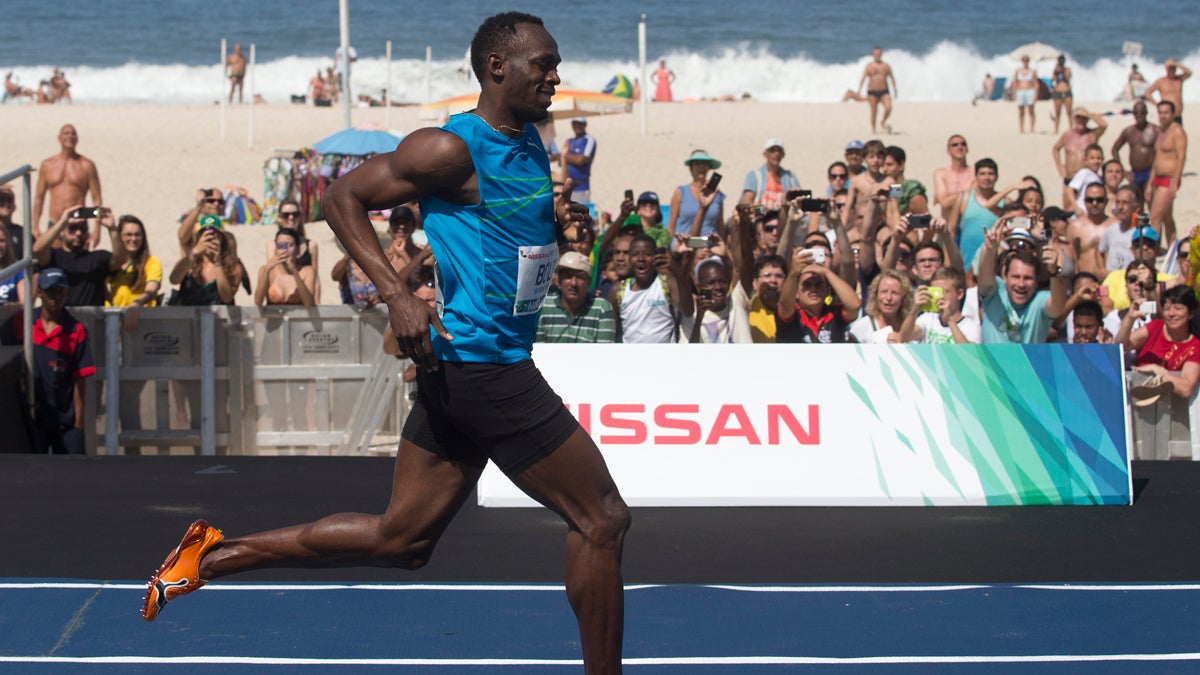‘Bigger, Faster, Stronger’…with the help of science
Listen
Sprinter Usain Bolt in Rio de Janeiro last August. It was once thought that tall men couldn't be world-class sprinters. Bolt shattered that idea
Wired.com editor Mark McClusky on the role of science in creating super-athletes.
Did you ever wonder how it’s possible for professional athletes to transcend the game and accomplish things never before done? Well, you can thank science for that! Today’s star athletes get a lot of their skills, endurance and gear through refined techniques developed by scientists.
Mark McClusky, editor of Wired.com and author of “Faster, Higher, Stronger: How Sports Science is Creating a New Generation of Super Athletes and What We Can Learn from Them,” says it’s all about an athlete’s workout being compatible with his or her genetics.
“If you and I did the same weight lifting program, we’d have different results,” McClusky explains. “One player might respond better to heavier weights and fewer repetitions. One might respond better to lighter weights and more repetitions.”
However, figuring out which workout is best for an individual athlete is much more complicated than running a blood test. Scientists need to analyze each athlete’s performance and results before making that determination.
“It’s kind of like a little science experiment with one subject,” McClusky said.
That science experiment includes using sensor technology and high-end video analytics. Scientists are able to gather “so much more information about what an athlete is doing in that performative moment.”
“What you can see with the naked eye only takes you a very short way down the road that we’re able to travel now through the technology we have,” McClusky said.
Better gear helps athletes succeed, too, but the improvements aren’t always sportsmanlike.
McClusky reflected on how high-tech swimsuits made swimmers more buoyant just a few years ago. Eventually, these suits were banned. McClusky says the suits crossed a line.
“Suddenly it seemed like the swimmer was less important and the suit was more important,” McClusky said. “To me, it’s about the equipment distorting what we think the sport measures.”
Although there are some negatives, scientific advancement for athletes isn’t going to stop. According to McClusky, it’s the unpredictability of the games and the athletes’ “flash of insight” that will keep the science alive.
“If you’re watching really, really closely, in any game you’ll see something in it that you’ve never saw before,” McClusky assured.
WHYY is your source for fact-based, in-depth journalism and information. As a nonprofit organization, we rely on financial support from readers like you. Please give today.



